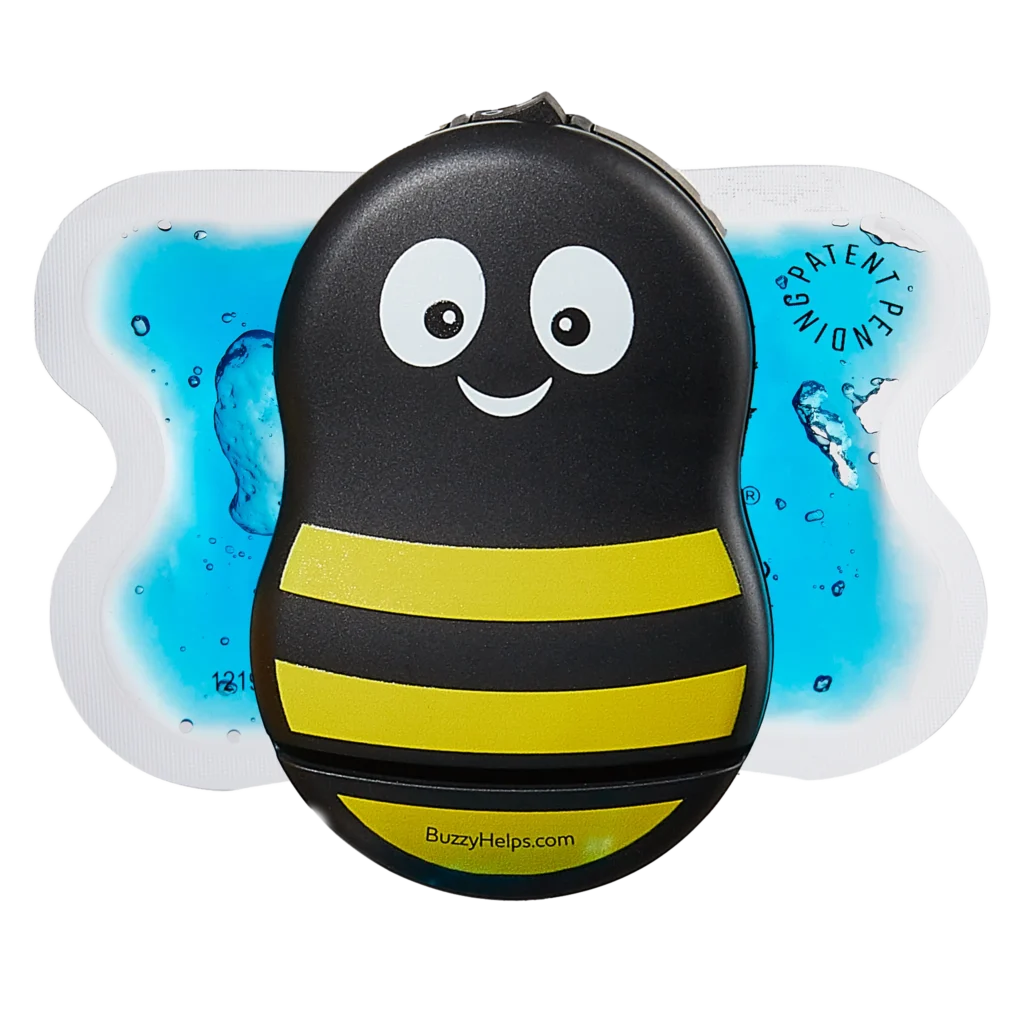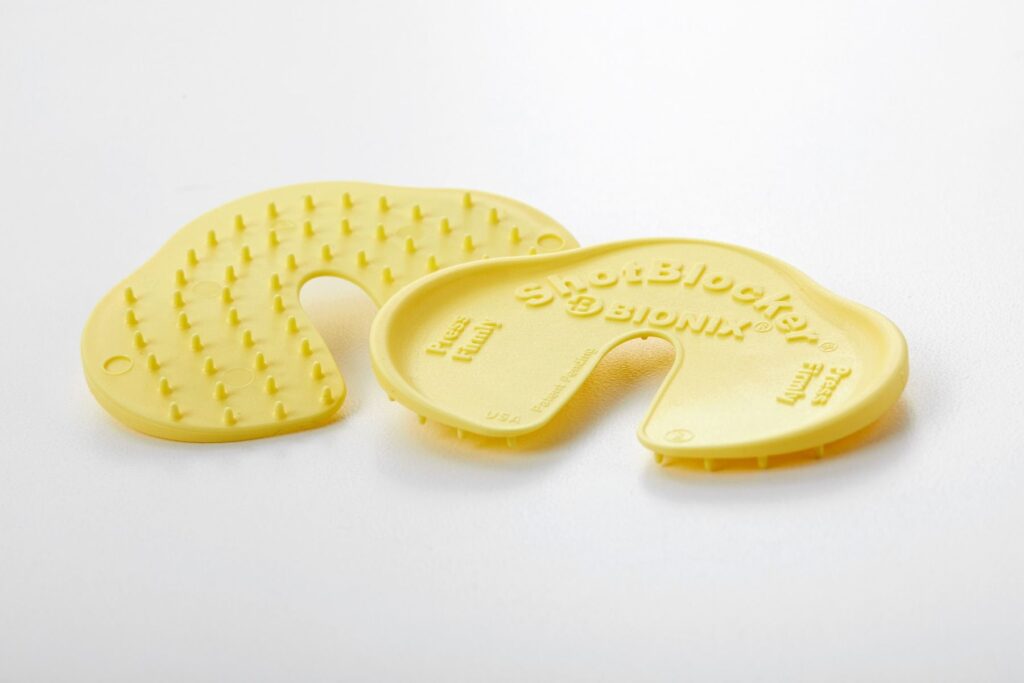For children and adults who do not respond to relaxation or distraction, application of light touch, cold, or vibration near an injection site can override the body’s pain center, making shots feel less painful.
As anyone who’s held down a screaming toddler during their immunizations knows, they don’t like shots. Toddlers don’t like a lot of things, but even some adults have needle-phobia. According to an analysis of multiple studies, many adults reported a fear of injections, defined broadly as fear of getting an injection to fear when seeing or feeling the actual needle.

Source: McLenon J, Rogers MAM. The fear of needles: A systematic review and meta-analysis. J Adv Nurs. 2019;75(1):30-42. doi:10.1111/jan.13818
Many kids and adults do well with mindfulness techniques/deep breathing, distraction, and rewards. But sometimes in the moment the “reptile brain” takes over and all the prep goes out the window.
Techniques to consider:
Food: Young infants tend to have lower pain scores when shots are given while they are breast, chest or formula fed. One study showed infants who merely smelled human milk had lower pain scores.There is also a benefit to just being held, especially skin-to-skin contact.
Play: Play therapy can be helpful for toddlers and young school age children. Most of us have been in a hospital or clinic many times and are familiar with the sights, sounds and process. Young children are generally healthy, but early health care visits almost always come with a shot, leading them to associate pain with the visit. Getting kids a “doctor” kit or allowing them to practice a pretend injection on you or a toy can be helpful in reducing their anxiety and letting them feel more in control.
Disrupting the body’s physiological response to pain: By stimulating the area with a different sensation such as cold, vibration or touch, the nerves that respond to pain are less able to process the signal, blunting the perception of pain.
Cold: Ice packs and cooling sprays can reduce pain, but cold itself is sometimes perceived as painful, especially in young children. A review of multiple studies did not show a clear benefit to cooling for pain reduction, but since it is low risk, inexpensive, and readily available, some families may choose to give it a try.
Numbing: Topical anesthetic creams are sometimes available in a clinic setting, but take 30-60 minutes to work and there are no studies showing a clear benefit.
Vibration: A review on the Buzzy™ device (application of cold and vibration) found it decreased observed and self-reported pain and anxiety. Studies of vibration alone also show markedly decreased pain scores.

Buzzy™ device (cold+vibration), Pain Care Labs
Needle “calming” device (e.g. Shotblocker): This C-shaped device surrounds the injection site designed with a gap to guide needle insertion.

Shotblocker® device, Bionix
A study looking at both the Buzzy™ and Shotblocker® devices found people using these devices had lower levels of pain during injections compared to controls. Although these devices are not free, it may be worth it for some folks to try, or to ask their clinician’s office to carry them.
Bottom Line:
For infants and young children, age-appropriate techniques are best to reduce fear and pain from needles. For older children and adults who do not respond to distraction or mindfulness, devices that scramble the pain response have little downside and could provide additional benefits.
Stay safe, stay well, and don’t be afraid to get those important shots!
Those Nerdy Girls
Further reading
Procedural Pain Resources | Meg Foundation (megfoundationforpain.org)
5 ways to prepare your child for the COVID vaccine (michiganmedicine.org)


